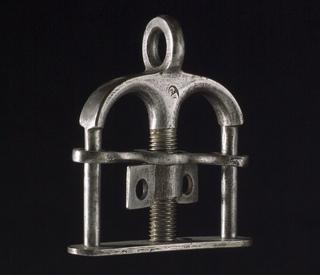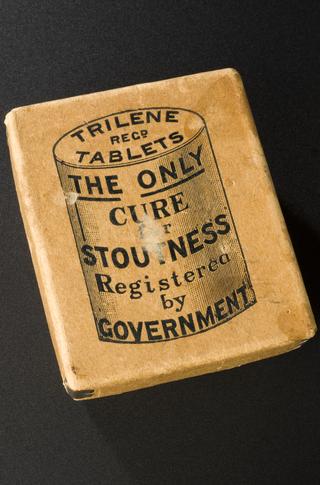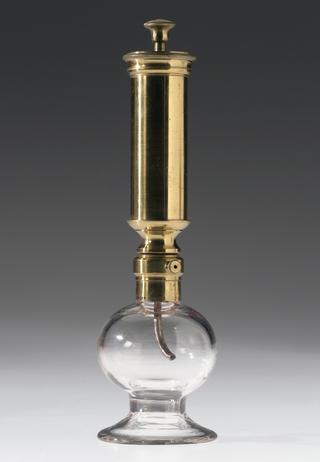






Glass infant's feeding bottle, boat-shaped
Infants were fed pap (bread or flour diluted with water) or panada (bread broth and legumes mixed with fats or eggs) through this boat-shaped feeding bottle. The bottle is made from glass. Pap and panada supplemented breast milk.
In the late 1800s, bottle fed children were found more likely to have diarrhoea due to poor hygiene. This condition can be fatal if fluids and vital salts are not replenished.
Details
- Category:
- Nursing & Hospital Furnishings
- Collection:
- Sir Henry Wellcome's Museum Collection
- Object Number:
- A101409
- Materials:
- whole, glass
- Measurements:
-
overall: 65 mm x 250 mm x 82 mm, .23kg
- type:
- feeding bottle
- credit:
- Lecarpentier




